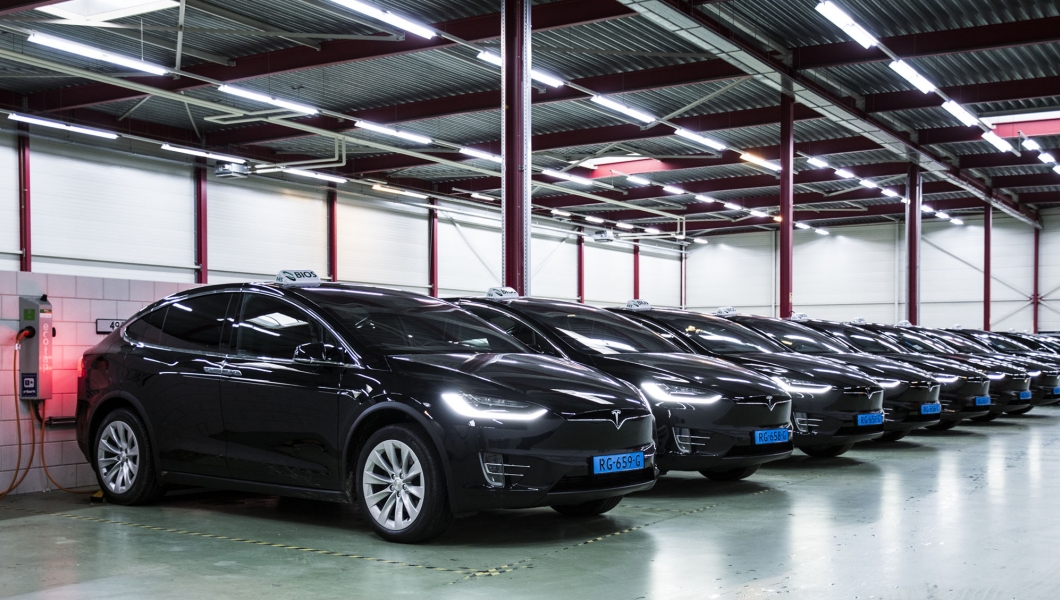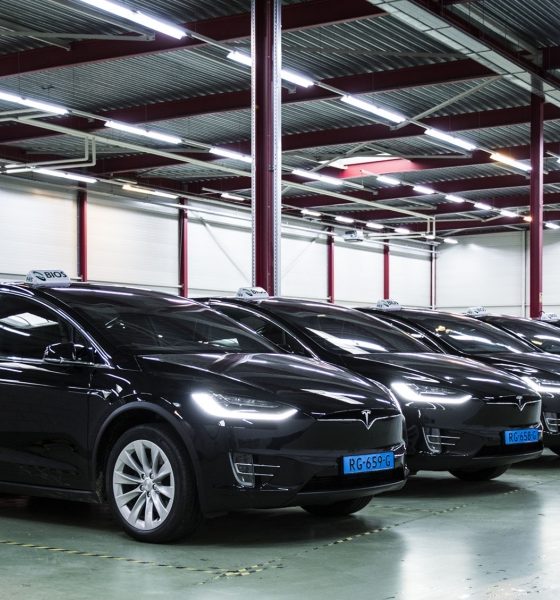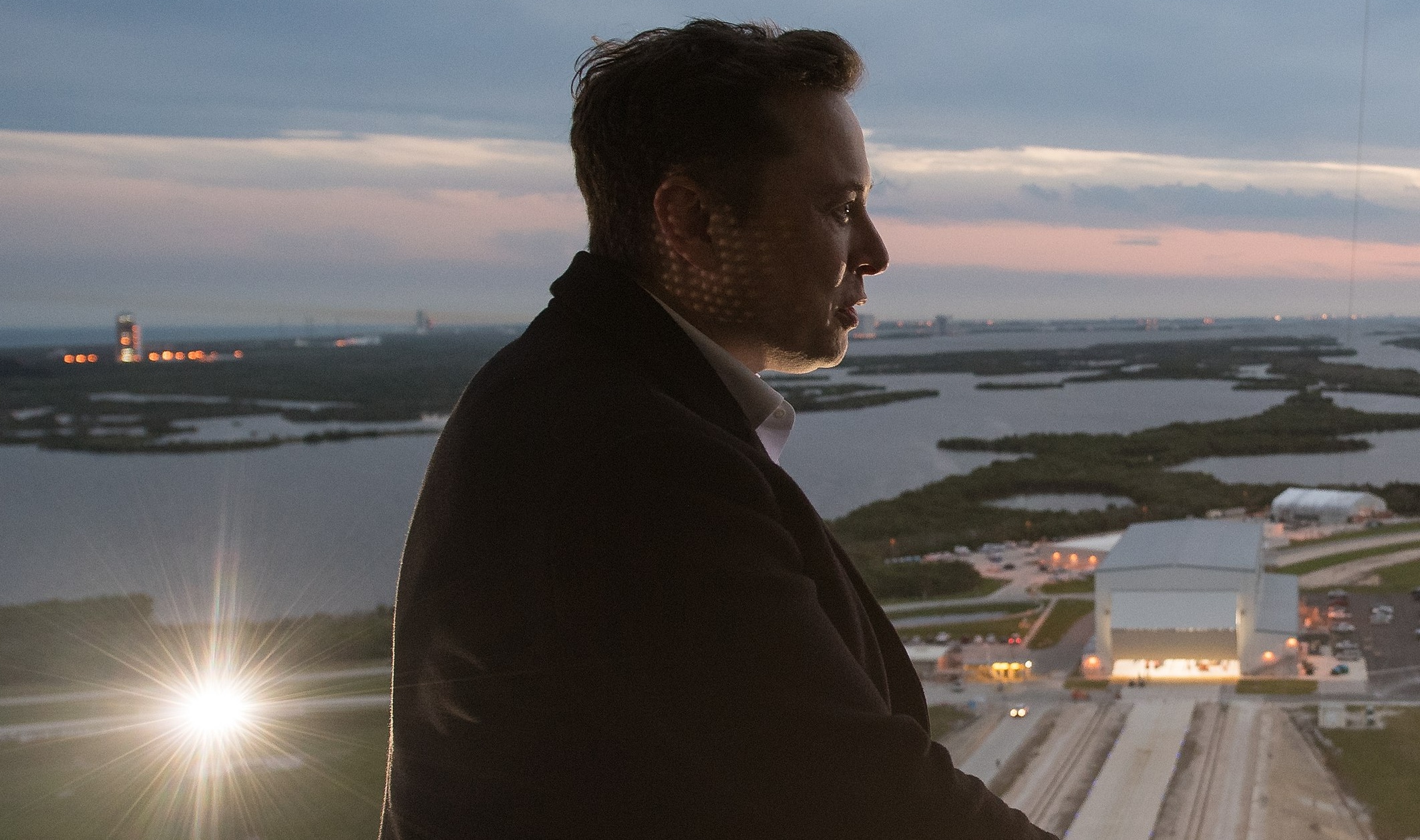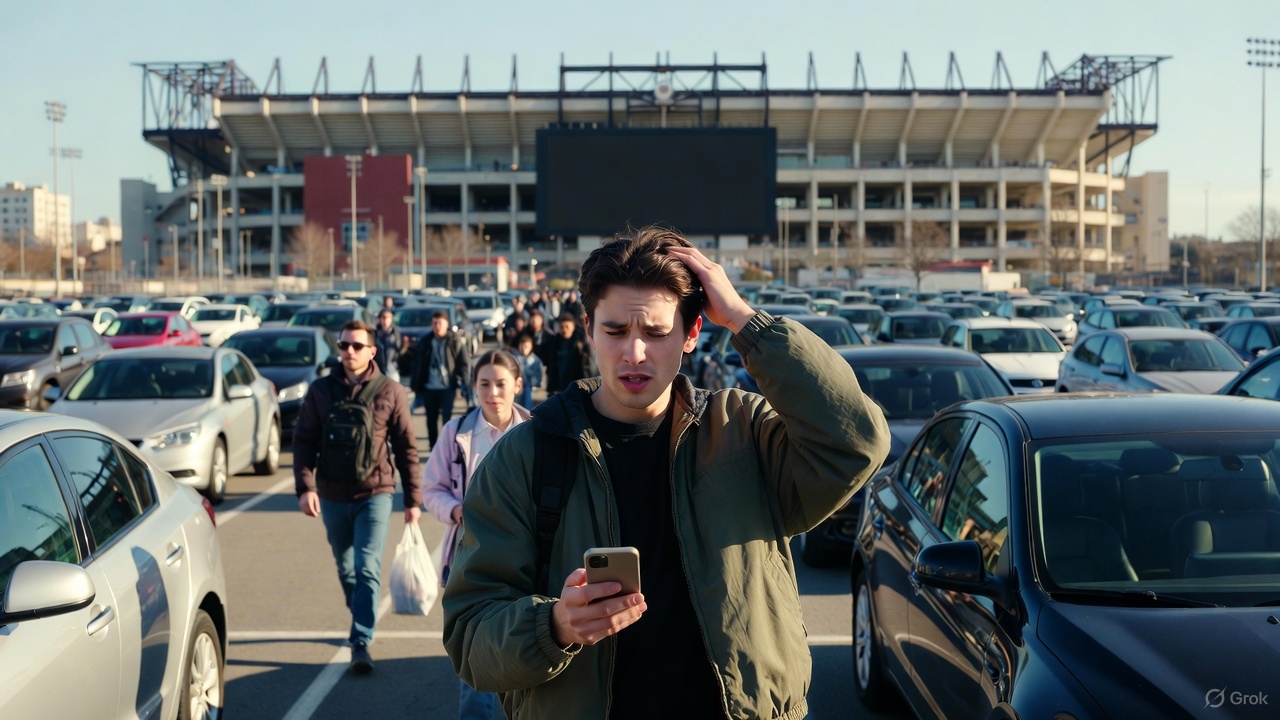

News
Tesla could land $500 million dollar payday, courtesy of Fiat Chrysler in emissions tradeoff
Tesla and Fiat Chrysler have entered into a deal to help the legacy automaker weather strict European Union emissions regulations that are set to take effect next year, according to a report published by Financial Times. This arrangement is the first of its kind and is estimated by one Wall Street firm to equate to $500+ million dollars worth of credits to Tesla from Fiat Chrysler over the next 2-3 years.
Jefferies on the @Tesla @fiat open pooling arrangement:
"We assume that compensation to Tesla could be in excess of $500m relating to 2020 and 2021 each with payments possibly starting earlier (2019) to spread costs".
— Patrick McGee (@PatrickMcGee_) April 8, 2019
Beginning in 2020, 95% of automotive fleet-wide emissions in the EU must average under 95g of CO2 per kilometer, i.e., have a fuel efficiency of about 57 mpg for internal combustion vehicles. In 2021, full fleets must be compliant, and the penalties could add up to financial ruin for companies unable to meet the strict standards.
The EU rules further allow different auto companies and divisions to pool together to form an expanded fleet, thus averaging out emissions across larger numbers of vehicles. Companies with existing low or zero emissions divisions can combine with their higher emissions divisions to meet the standards, or if the benefit outweighs the awkward arrangement, they can combine with companies like Tesla whose all-electric, zero emissions fleets would provide significant average emissions reductions.
Tesla offered its “open pool” deal to other auto manufacturers, but the Italian-American car maker was the only one with an arrangement by Tesla’s March 25th deadline. Fiat Chrysler has been slower than its industry peers to adopt an electrification plan for its vehicles sold in the region and needed to buy more time until a strategy could be worked out. The company has announced a $10.5 billion dollar plan to bring alternative power to its vehicle lineup, but any efforts in that direction will not manifest into enough production vehicles to avoid the EU fines by the impending deadline.

Under EU rules, Tesla qualifies for “super-credits” which allow a trade-off of electric car sales against ICE vehicles; the company has already managed similar profitable credit trades in California that brought in $280 million dollars in 2017. This number may be where the estimated $500+ million payout figure from Jeffries Financial Group is stemming from. Altogether, the pooling arrangement looks to be a temporary win-win for the two companies, and the deal was reportedly agreed to on February 25th.
Tesla has become a proven leader in developing emissions-free transportation. Since the release of its flagship Model S luxury sedan, the car’s appeal has fueled both the growth of the company – now on its fourth mass-produced electric vehicle with a fifth on the way – and new market demand for electric cars. Tesla’s competitors have taken note and many have committed billions to electrification of their fleets, even without looming EU regulations. US auto industry giant Ford Motor Company, for example, is planning an $11 billion investment into 40 electrified vehicles by 2022, as announced at last year’s Detroit Auto show.
Overall, the “Tesla Effect” on the global market has only begun, and the beginning of the EU’s strict emissions regulations may be the tip of the iceberg of changes coming to the numerous industries impacted by the coming shifts in the automotive arena.

Investor's Corner
Elon Musk confirms SpaceX IPO is on the way
However, it appears Musk is ready for SpaceX to go public, as Ars Technica Senior Space Editor Eric Berger wrote an op-ed that indicated he thought SpaceX would go public soon. Musk replied, basically confirming it.

Elon Musk confirmed through a post on X that a SpaceX initial public offering (IPO) is on the way after hinting at it several times earlier this year.
It also comes one day after Bloomberg reported that SpaceX was aiming for a valuation of $1.5 trillion, adding that it wanted to raise $30 billion.
Musk has been transparent for most of the year that he wanted to try to figure out a way to get Tesla shareholders to invest in SpaceX, giving them access to the stock.
He has also recognized the issues of having a public stock, like litigation exposure, quarterly reporting pressures, and other inconveniences.
However, it appears Musk is ready for SpaceX to go public, as Ars Technica Senior Space Editor Eric Berger wrote an op-ed that indicated he thought SpaceX would go public soon.
Musk replied, basically confirming it:
As usual, Eric is accurate
— Elon Musk (@elonmusk) December 10, 2025
Berger believes the IPO would help support the need for $30 billion or more in capital needed to fund AI integration projects, such as space-based data centers and lunar satellite factories. Musk confirmed recently that SpaceX “will be doing” data centers in orbit.
AI appears to be a “key part” of SpaceX getting to Musk, Berger also wrote. When writing about whether or not Optimus is a viable project and product for the company, he says that none of that matters. Musk thinks it is, and that’s all that matters.
It seems like Musk has certainly mulled something this big for a very long time, and the idea of taking SpaceX public is not just likely; it is necessary for the company to get to Mars.
The details of when SpaceX will finally hit that public status are not known. Many of the reports that came out over the past few days indicate it would happen in 2026, so sooner rather than later.
But there are a lot of things on Musk’s plate early next year, especially with Cybercab production, the potential launch of Unsupervised Full Self-Driving, and the Roadster unveiling, all planned for Q1.
News
Tesla adds 15th automaker to Supercharger access in 2025

Tesla has added the 15th automaker to the growing list of companies whose EVs can utilize the Supercharger Network this year, as BMW is the latest company to gain access to the largest charging infrastructure in the world.
BMW became the 15th company in 2025 to gain Tesla Supercharger access, after the company confirmed to its EV owners that they could use any of the more than 25,000 Supercharging stalls in North America.
Welcome @BMW owners.
Download the Tesla app to charge → https://t.co/vnu0NHA7Ab
— Tesla Charging (@TeslaCharging) December 10, 2025
Newer BMW all-electric cars, like the i4, i5, i7, and iX, are able to utilize Tesla’s V3 and V4 Superchargers. These are the exact model years, via the BMW Blog:
- i4: 2022-2026 model years
- i5: 2024-2025 model years
- 2026 i5 (eDrive40 and xDrive40) after software update in Spring 2026
- i7: 2023-2026 model years
- iX: 2022-2025 model years
- 2026 iX (all versions) after software update in Spring 2026
With the expansion of the companies that gained access in 2025 to the Tesla Supercharger Network, a vast majority of non-Tesla EVs are able to use the charging stalls to gain range in their cars.
So far in 2025, Tesla has enabled Supercharger access to:
- Audi
- BMW
- Genesis
- Honda
- Hyundai
- Jaguar Land Rover
- Kia
- Lucid
- Mercedes-Benz
- Nissan
- Polestar
- Subaru
- Toyota
- Volkswagen
- Volvo
Drivers with BMW EVs who wish to charge at Tesla Superchargers must use an NACS-to-CCS1 adapter. In Q2 2026, BMW plans to release its official adapter, but there are third-party options available in the meantime.
They will also have to use the Tesla App to enable Supercharging access to determine rates and availability. It is a relatively seamless process.
News
Tesla adds new feature that will be great for crowded parking situations
This is the most recent iteration of the app and was priming owners for the slowly-released Holiday Update.

Tesla has added a new feature that will be great for crowded parking lots, congested parking garages, or other confusing times when you cannot seem to pinpoint where your car went.
Tesla has added a new Vehicle Locator feature to the Tesla App with App Update v4.51.5.
This is the most recent iteration of the app and was priming owners for the slowly-released Holiday Update.
While there are several new features, which we will reveal later in this article, perhaps one of the coolest is that of the Vehicle Locator, which will now point you in the direction of your car using a directional arrow on the home screen. This is similar to what Apple uses to find devices:
Interesting. The location arrow in the Tesla app now points to your car when you’re nearby. pic.twitter.com/b0yjmwwzxN
— Whole Mars Catalog (@wholemars) December 7, 2025
In real time, the arrow gives an accurate depiction of which direction you should walk in to find your car. This seems extremely helpful in large parking lots or unfamiliar shopping centers.
Getting to your car after a sporting event is an event all in itself; this feature will undoubtedly help with it:
The nice little touch that Tesla have put in the app – continuous tracking of your vehicle location relative to you.
There’s people reporting dizziness testing this.
To those I say… try spinning your phone instead. 😉 pic.twitter.com/BAYmJ3mzzD
— Some UK Tesla Guy (UnSupervised…) (@SomeUKTeslaGuy) December 8, 2025
Tesla’s previous app versions revealed the address at which you could locate your car, which was great if you parked on the street in a city setting. It was also possible to use the map within the app to locate your car.
However, this new feature gives a more definitive location for your car and helps with the navigation to it, instead of potentially walking randomly.
It also reveals the distance you are from your car, which is a big plus.
Along with this new addition, Tesla added Photobooth features, Dog Mode Live Activity, Custom Wraps and Tints for Colorizer, and Dashcam Clip details.
🚨 Tesla App v4.51.5 looks to be preparing for the Holiday Update pic.twitter.com/ztts8poV82
— TESLARATI (@Teslarati) December 8, 2025
All in all, this App update was pretty robust.








